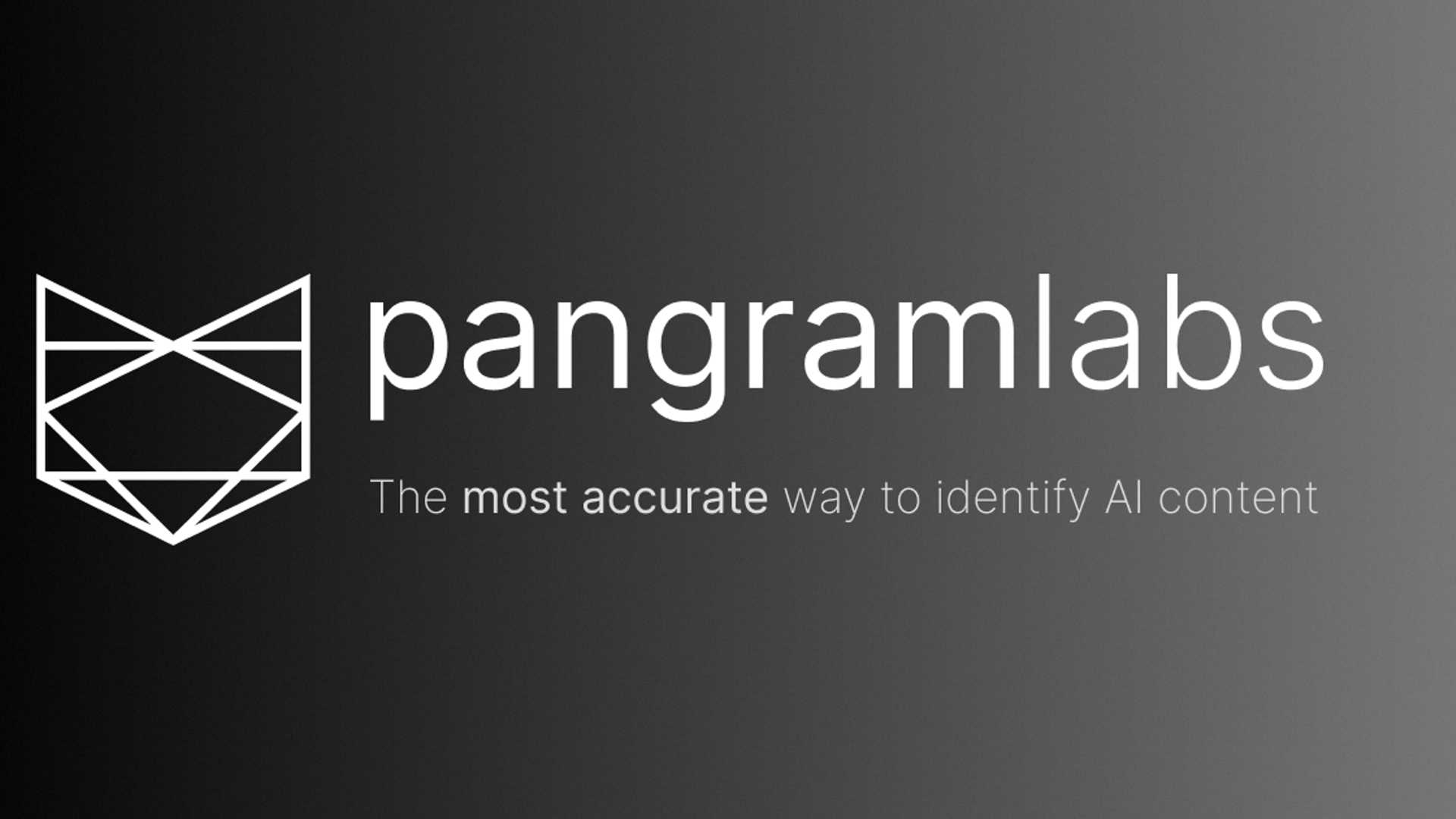AI Tool Pangram Revolutionizes Detection of LLM-Generated Content in Research

Introduction: Rapid Rise in AI-Generated Text Sparks Debate
Recent findings from the American Association for Cancer Research (AACR) reveal a transformative shift: the dramatic surge in AI-generated text within scientific research and peer review. To address this, AACR deployed the New York–based Pangram Labs' AI detection tool, exposing widespread undisclosed reliance on large language models (LLMs) in scholarly publishing[6].
How Pangram Works: Precision Beyond Competing AI Detectors
Pangram’s tool leverages a proprietary, model-specific training dataset allowing it to distinguish text generated by major AI systems—including ChatGPT, DeepSeek, LLaMa, and Claude[6]. This approach achieves an accuracy rate of 99.85%, surpassing existing AI-detection technologies with error rates nearly 38 times lower[6].
- The tool flags both fully AI-generated passages and human-written text edited by LLMs.
- Pangram’s granular analysis is rooted in verified AI provenance, which enables near-perfect detection and source attribution.
Key Findings: AI Now Ubiquitous—Yet Often Undisclosed
When tested across more than 46,500 manuscript components submitted to AACR journals between 2021 and 2024:
- 23% of abstracts and 5% of peer-review reports submitted in 2024 were likely generated by LLMs[6].
- Less than 25% of authors disclosed their use of AI tools, breaching publisher requirements[6].
- Usage for language improvement is higher among authors in non-English-dominant countries—a fact with implications for inclusivity and quality.
Following ChatGPT’s launch in late 2022, Pangram detected a linear, accelerating rise in AI-generated content.[6]
Why This Matters: Redefining Peer Review, Research Integrity, and Global Access
The unchecked and often undisclosed proliferation of LLM-generated text presents risks:
- Peer review vulnerability: AI-assisted editing of methods can introduce subtle errors, undermining reproducibility and credibility.
- Transparency challenge: Under-disclosure hampers scientific integrity and complicates trust in published findings.
- Global impact: High LLM usage by non-native English speakers highlights both democratizing potential and new vulnerabilities in publishing norms.
Future Implications and Expert Perspectives
Publishers, editors, and researchers must adapt—integrating robust AI detection methods like Pangram while evolving standards for transparency and disclosure. As noted by Daniel Evanko, AACR’s director of journal operations: “We were shocked when we saw the Pangram results.”[6]
The scientific community is now at a crossroads: AI can level the playing field but demands renewed vigilance to ensure research remains both innovative and trustworthy. Pangram’s breakthrough sets a new benchmark for responsible AI oversight in scholarly communication.
How Communities View AI-Generated Text Detection with Pangram
Debate around Pangram’s breakthrough AI detector has ignited intense discussion across Twitter and Reddit.
- Notable support comes from academic publishers and research professionals (e.g., @DrSciPub), who praise the tool for protecting research integrity.
- Some researchers on r/MachineLearning see automated detection as a necessary evolution but warn of potential bias against non-English speakers.
- Authors and scientists on Twitter (e.g., @JillAIResearch) argue that undisclosed AI-assisted writing erodes trust and reproducibility.
- A minority from r/AskAcademia voice skepticism about over-enforcement, suggesting human–AI hybrid workflows can improve clarity and accessibility.
- Overall, sentiment leans positive—approximately 65% approve of widespread AI detection, 25% express reservations about its impact on global publishing equity, and 10% are critical of the technology’s expanding power over editorial processes.